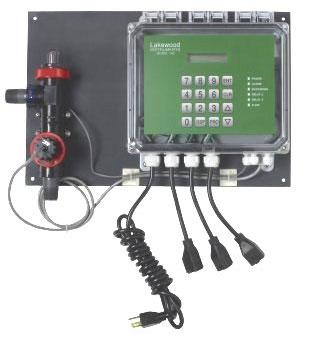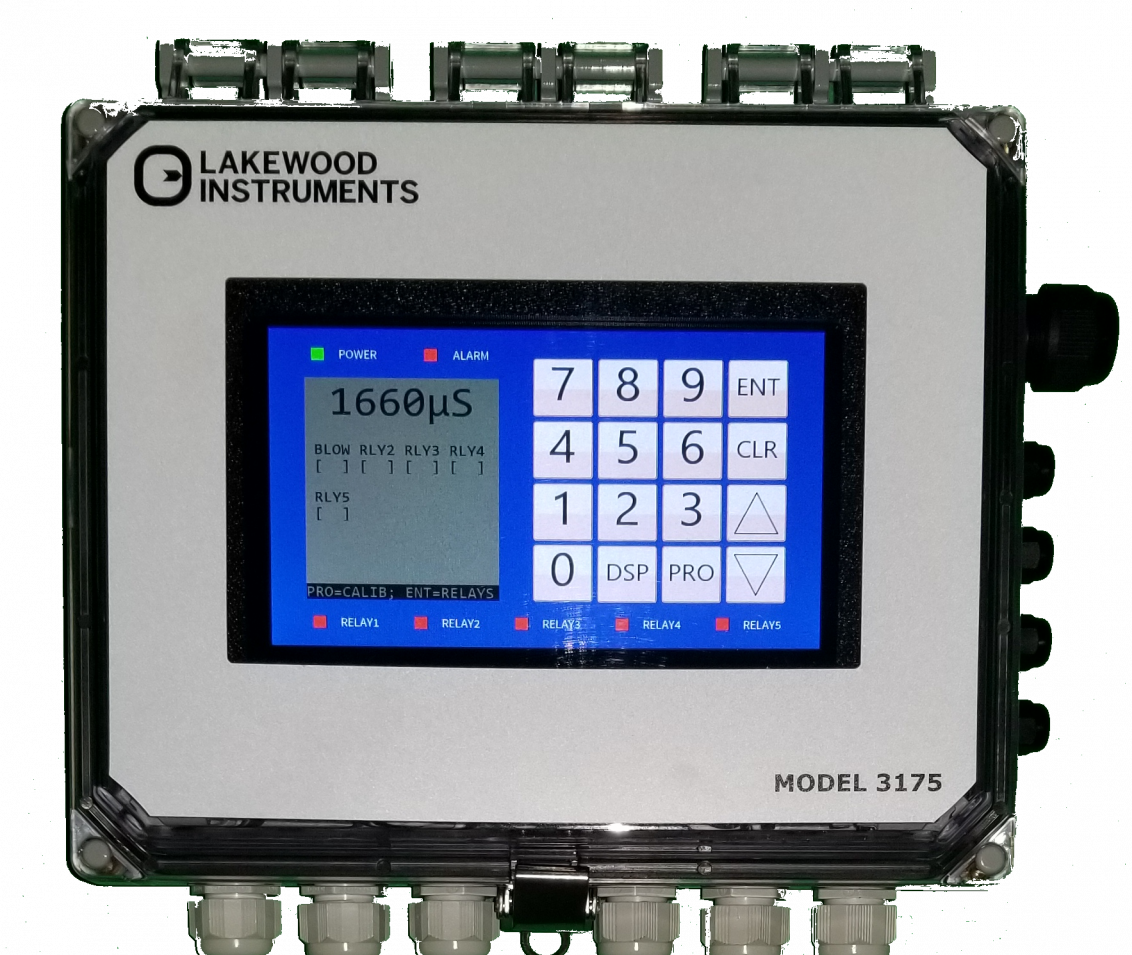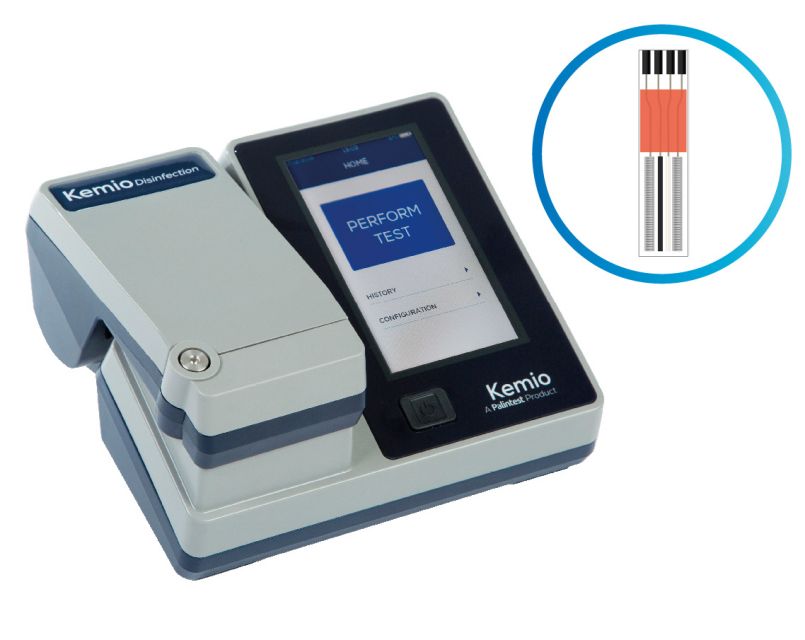False Chlorine Readings
April 25, 2016 0 Comments

A growing number of water systems have naturally occurring ammonia (NH3-N) and organic contaminants (TOC) in their water supplies. These contaminants react with chlorine treatment to form combined chlorine residuals (chloramines, chlororganics), if insufficient chlorine is applied to reach breakpoint free chlorine residuals. In this case, when testing the water for free chlorine residual, the DPD reagents register trace levels of free chlorine that does not really exist in the water. Since many operators only test for free chlorine residual, and do not check for total chlorine, ammonia or TOC, they are unaware their chlorine residual analysis results may be a 'phantom' false-positive result.
The DPD free chlorine reagents may develop a phantom color ranging from faint pink (0.1 mg/L) to a dark magenta color (1.0+ mg/L) depending on how much chloramine is in the water sample. This problem can be identified at the water plant or well house with additional testing.
However, authentic free chlorine residuals at the source may also convert into phantom residuals in the distribution system, when water containing chloramine residuals from other wells, sources, or consecutive water systems mix together. When insufficient free chlorine residuals react with biofilm deposits and corrosion byproducts in the distribution system, they dissipate, leaving taste and odor causing di-chloramine & tri-chloramine residuals to remain behind in the system
Some water operators are able to effectively maintain optimal free chlorine residuals (85% of total residual) in their water system. While other water systems generate odors, taste, or disinfection byproducts (THM, HAA) when sufficient ammonia-N (>0.5 mg/L), and/or total organic carbon (TOC > 1 mg/L), demand and combine with free chlorine residuals offsetting the breakpoint.
Nuisance bacteria (iron, sulfur, slime forming organisms) often accompany the ammonia and TOC, creating a troublesome water quality. If you have some of these indicators, or find it difficult to maintain authentic free chlorine residuals, consider the following steps for corrective action:
False Chlorine Check List
1.To learn if phantom residuals exist, perform a DPD free chlorine test, record the immediate reading and observe the sample color for several more minutes. If the sample drifts to higher readings a phantom residual may exist and interfere with true DPD chlorine readings.
2.To determine the cause, analyze water for ammonia (ion selective electrode or colorimetric analysis), monochloramine total organic carbon (TOC).
3.Calculate (Free ammonia mg/L = Total ammonia mg/L - Monochloramine mg/L).
If ammonia exists (> 0.5 mg/L), chloramines may adversely interfere with the DPD free test method.
4.To identify the location of your chlorine residual on the breakpoint curve, calculate your chlorine dosage and demand, to project an approximate location on the breakpoint curve (see full article in AWWA Opflow June 2008, p. 24-27).
Also in Blog

Advanced Cooling Tower Management: Enhancing Efficiency with Lakewood Model 140
February 28, 2024 0 Comments

Optimizing Cooling Tower Performance: Understanding Efficiency, Maintenance, and Water Quality Management
February 28, 2024 0 Comments

Revolutionizing Water Analysis: Everything You Need to Know About the Kemio KEM10DIS
April 19, 2023 0 Comments

